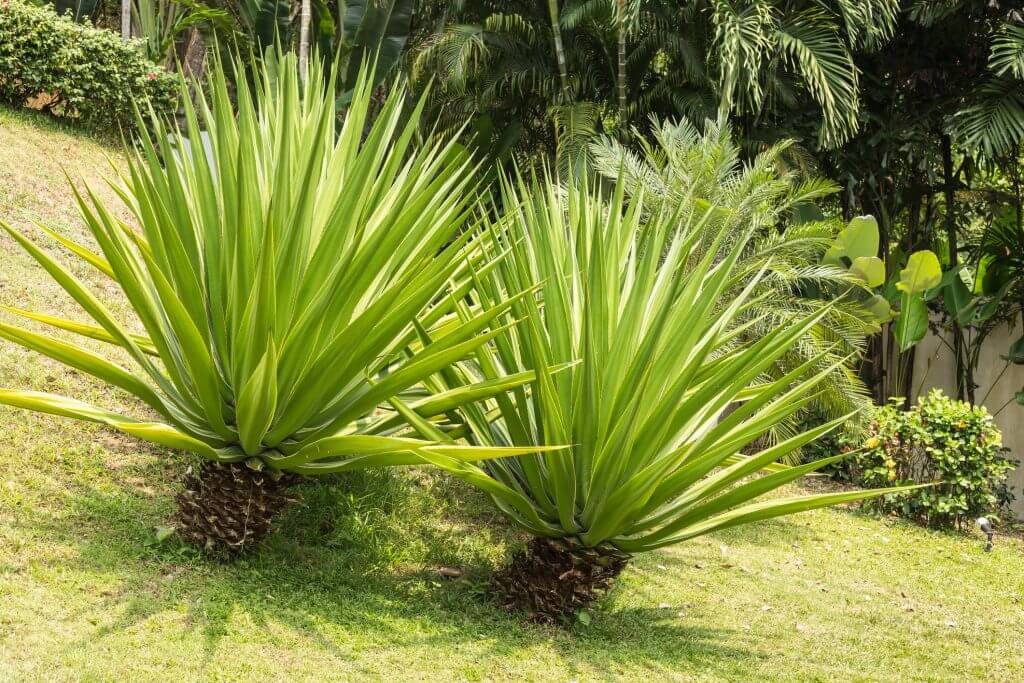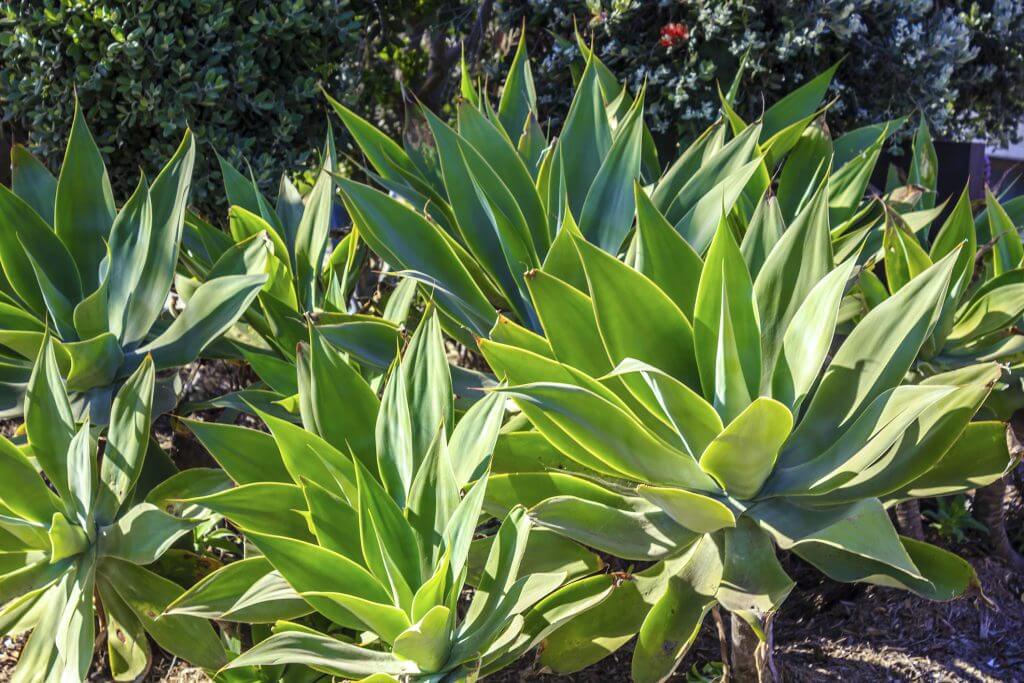Yucca plants are such exciting additions to your collection, whether it be indoors or outdoors.
The yucca’s long sword-like leaves that shoot out in rosettes from the textured trunk and stems make this plant a great highlight to a living room corner or a complement to other garden flora.

The Basics of Yucca Plants
Yucca plants are hardy perennial shrubs and trees of about 40 to 50 species native to the Americas.
Most yucca varieties have long slender leaves with pointy ends that can be very sharp, which is why they are sometimes called Spanish daggers or Spanish bayonet.
These plants usually thrive in dry and warm regions, but some species have been known to grow in colder areas such as the southern parts of Canada.
The smaller yucca varieties grow to about 2 to 4 feet (less than a metre to about 1.5 metres). Yucca trees can grow up to 30 feet (10 metres) tall and spread out to about 25 feet (7.5 metres) wide.
If left on its own, yuccas tend to have offsets that could grow bigger than the mother plant.
Yucca plants can be toxic when ingested, so keep it away from small children and pets.


Planting Your Yucca
Yucca plants generally grow in warm climates, but more varieties can thrive in colder places as long as there is plenty of sunshine.
You can plant them outdoors in spring when the temperature is about 66 °F (18 °C) for most varieties. There are hardier yucca plants that can survive planting at a lower temperature, but not colder than 55 °F (12 °C).
Make sure to plant your yucca in well-draining soil as it does not like soggy soil. The yucca plant tends to develop root rot easily when kept in moist soil conditions for long periods.
While yucca plants are lovely to look at, it is best to plant them away from where people or pets pass because its sharp leaf tips can scrape the skin or poke an eye.
When planting your yucca plant outdoors, choose a place where it has access to the sun for at least 6 hours each day.
Consider the variety you have and how high it will be upon maturity.
For taller varieties, plant away from houses or power lines and poles.
Its massive roots can damage house foundations, walls, and other structures below the ground. Taller yucca trees can cause hazards when planted close to power lines. Keep these in mind when finding a place to grow your yuccas.
Smaller yucca shrubs can sometimes be used as hedging because they are relatively low maintenance.


How to Propagate Yucca Plants
Yucca plants are easy to propagate, especially from cuttings.
A short stem cutting or offset can be placed in water and allowed to produce roots. Once they grow roots, you can plant the cutting.
If planting from seeds, soak them overnight before planting for a better chance of germination. Another option is to scar the seeds by sanding if you want to grow it without soaking.
Caring for Your Yucca Plants
When planted in well-drained soil and sunny area, yucca plants require very little maintenance.
Yucca plants are drought-tolerant and can survive a watering of about an inch per week. Make sure that there is no waterlog and that it gets ample sunshine.
Fertilise yucca plants during its growing season. A slow-release fertiliser is ideal.
Prune yucca plants regularly. Yucca plants can withstand hard pruning but do so only when extremely necessary.
Hard pruning will encourage growth from the sides, so if you want to control the yucca plant’s height, cut a few feet below your desired final size.
Remove any dead leaf or flower.


Common Problems with Yucca Plants
Yucca plants can have brown spots on its leaves due to overhead watering, so make sure to only water at the base.
Lack of sunlight will cause yucca plant’s leaves to turn yellow. Other issues in outdoor yucca plants are scale insects, cane borers, and fungal growth.
[elementor-template id=”4604″]
[elementor-template id=”6387″]
